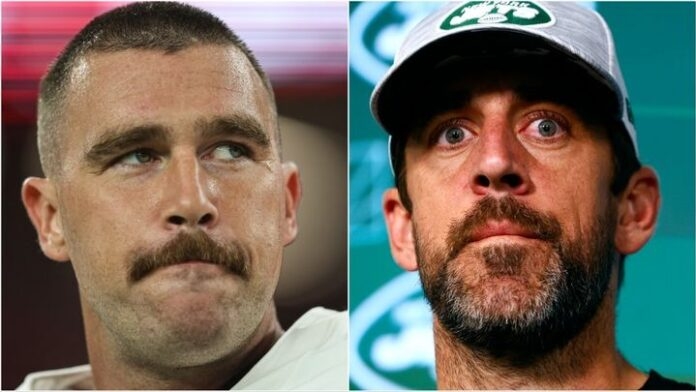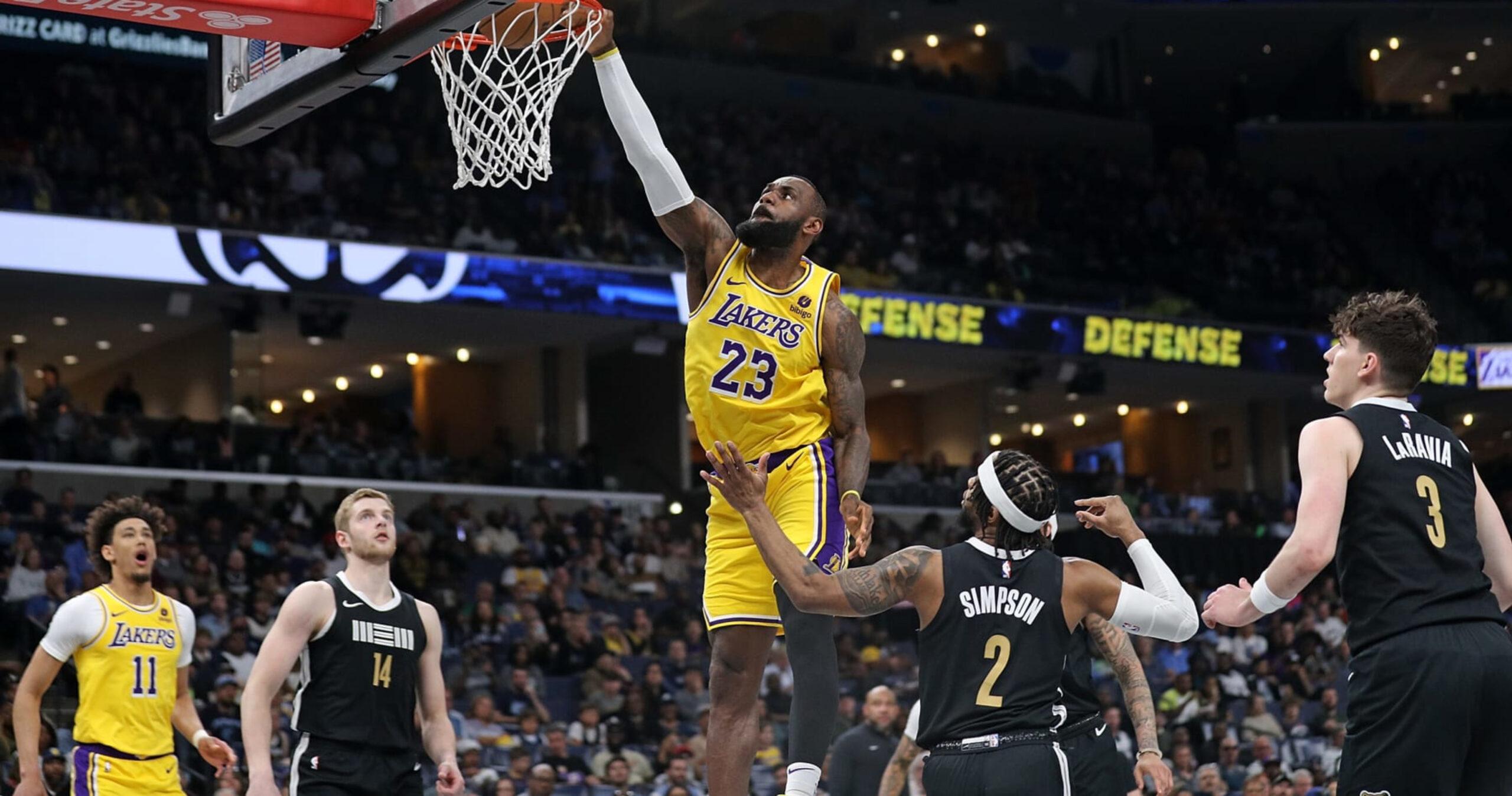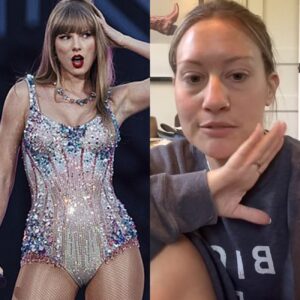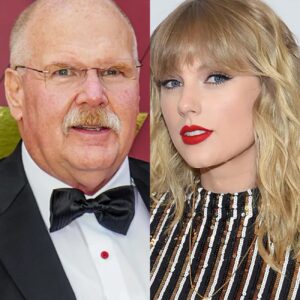A baseball falls from the sky and into a fan’s hands.
Or at least it comes to rest near their feet and they reach down and secure it. The fan has taken possession of something that might have monetary value. It is theirs to do with as they wish.
Ambar Roman’s seat in the Dodger Stadium right-field pavilion April 3 became the resting point of Shohei Ohtani’s first home run as a Dodger. The 28-year-old Whittier woman picked up the ball and her world became a swirl.
Roman and her husband, Alexis Valenzuela, say Dodgers security personnel persuaded her to surrender the ball for a bat, a ball and two caps, all autographed by Ohtani.
Why? Ohtani wanted the genuine article and told reporters after the game, “For me, it’s a very special ball, so I’m thankful.”

Two experts at auction houses that regularly auction baseball memorabilia said the ball is worth approximately $100,000, while the signed merchandise Roman received in exchange for the ball would sell for less than $10,000.
Gary Cypres, founder of the Sports Museum of Los Angeles and owner of the greatest collection of Dodgers memorabilia anywhere, said, “I might be willing to pay a little more than the $100,000” but that other Dodgers collectors probably would pay $50,000 to $75,000.
Roman and Valenzuela said the Dodgers told her the ball would be worthless if she took it home because it would not be “authenticated,” a word with a precise meaning regarding sports memorabilia in general and a baseball hit into the stands in particular. The Dodgers have disputed that, saying she was only told that the ball could not be authenticated by MLB.
The couple also said Dodgers personnel would not allow Valenzuela to participate in his wife’s negotiation and did not escort them to the parking lot with their Ohtani-autographed merchandise, resulting in a public relations black eye for a franchise generally regarded as operating with class and in the best interests of its fan base.
The episode isn’t over: Roman and her family are invited to Dodger Stadium on Friday — on her birthday, no less! — during which she will receive more memorabilia and premium seats for giving the ball to Ohtani, who a Dodgers official said is expected to meet her.
Onlookers undoubtedly will be calculating whether her haul is roughly equivalent to the six-figure valuation.
The Dodgers also said they’re going to analyze how they interact with fans who secure milestone baseballs.
“We’re excited to host them again for a special night and give them a special Dodger experience,” said Lon Rosen, the Dodgers’ executive vice president and chief marketing officer. “And we’re going to review the process.”
Still, the episode raised questions. Did the Dodgers drop the ball by not providing Roman with authentication? If Roman had left the stadium with the ball, would it be worth less at an auction because it wasn’t authenticated? Is the ball authenticated as Ohtani’s first home run even now, in Ohtani’s possession?
And, how does authentication work, anyway?
Fake sports memorabilia and forged autographs were rampant in the 1990s, prompting the FBI to launch a probe called “Operation Bullpen.” San Diego Padres great Tony Gwynn was recruited to participate because he’d flagged several items in a Padres gift shop that featured his forged signature.
The investigation resulted in the convictions of more than 50 people and the dismantling of a dozen or so forgery rings by 2001, the same year Major League Baseball implemented an authentication protocol to protect fans and players alike from fake items in the burgeoning memorabilia market.
The technology used by MLB authenticators — most of whom are current or former law enforcement officers with chain-of-custody training — has evolved. Today, an authenticator sits in each dugout of every game, witnesses the use of every conceivable item from baseballs to bats to bases to lineup cards to uniforms to gloves, and affixes a tamper-proof numbered hologram to identify its authenticity.
An exception? Balls that fly off a bat and into the stands. Chain-of-custody integrity can be compromised as soon as a ball leaves the field. Therefore, home runs such as Ohtani’s initial blast as a Dodger cannot be authenticated — at least not through the strict MLB protocol.
This is where the Dodgers’ version of what transpired with Roman diverges. She told The Times’ Bill Plaschke that the Dodgers informed her that if she kept the ball, the team would not authenticate it and the ball would be worthless. Two Dodgers executives who requested anonymity because of the sensitive nature of the topic said Roman was told the ball could not be authenticated, period. It had nothing to do with whether she chose to take it home or not.
In fact, even in Ohtani’s possession, the ball is not MLB authenticated. Common sense might dictate that video captured Roman holding the ball and celebrating, and that moments later Dodgers security personnel made a beeline to her seat and whisked her away with the ball.
Does anyone really believe she somehow swapped out the ball for another official major league ball that never kissed Ohtani’s lumber?
“The authentication program has a strict rule about not authenticating a ball once it goes into the stands because we know fans bring balls to games and can also get balls from batting practice,” said an MLB spokesman who requested anonymity because they weren’t authorized to speak on the record. “Above all else though, the program does not allow for authenticating balls in the stands because it is a chain-of-custody and witness-based program.”
Although the Dodgers may have underestimated the potential value of Ohtani’s first home run with the team and the interest it would generate, MLB makes the decisions pertaining to authentication.
MLB could have implemented “covert marking,” an I-spy-like term meaning that baseballs used during Ohtani’s at-bats would have been marked ahead of time with a combination of letters and numbers. However, the authentication official said covert marking is reserved for milestones, not for “player firsts” such as Ohtani’s first Dodger homer.
Recent examples include career home runs Nos. 500, 600 and 700; career hit number 3,000; the final hits by Derek Jeter and David Ortiz; and the last out at old Yankee Stadium. Cost, the spokesman said, has never been a consideration.
The practice was utilized when Barry Bonds chased Hank Aaron’s career record of 755 home runs in 2007 and most recently was used ahead of Aaron Judge’s 62nd home run in 2022 and Albert Pujols’ 700th career homer that same season.
“The fans that caught the balls were brought under the stadium and had the balls authenticated once the covert marking was confirmed by the authenticator in a private, secure area,” the spokesman said. “This was and always is agnostic of the [fans’] plans for the ball.”
Any item authenticated by MLB can be verified on a website by typing in the hologram identification combination — usually two letters and six numbers.
Before holograms and staff authenticators, memorabilia was authenticated primarily through a photo match. The jersey a player purportedly wore during a milestone moment, for example, could be matched against a photo of the player wearing the jersey in that game. The system wasn’t perfect, but it was better than blindly taking someone’s word.
The technological advances and resources MLB and other leagues have put into authentication is appreciated by David Kohler, owner and president of Orange County-based SCP Auctions for 45 years.
“One of the best things to happen in the thriving memorabilia market is authentication and the authentication process,” he said. “It’s real. Authentication is why prices have gone up. There is a process and it’s great. It makes our job easier.”
Kohler said that while the Dodgers are “a class organization,” the MLB authenticator could have assisted Roman had she opted to keep the ball by making sure the one she left the stadium with was the same one she might later have sold at auction.
“They should have brought the authenticator in there, and he could have marked the ball,” he said. “Then let her go home with the ball and figure it out over the next few days.”
The Dodgers might get a chance soon to implement any new policies pertaining to fans and valuable baseballs. Ohtani is one home run from tying former New York Yankees slugger Hideki Matsui for most MLB home runs by a Japanese player at 175, so the next two he hits could pique the interest of Japanese collectors as well as those in the United States.
What’s worth more than the baseballs Ohtani hits to reach milestone home runs? The bats. “Historically, bats from a value standpoint do much better in auctions than balls,” Cypres said.
Kohler and other auction executives can’t rely solely on sports leagues to provide authentication of memorabilia that customers want to buy and sell. They have developed inventive ways of establishing to a compelling degree that an item is everything the seller says it is.
Many items come with a letter of authenticity from the original owner. The 2000 NBA championship ring auctioned by Kobe Bryant’s parents in 2013 is an example: The ring has been sold three times since but continues to be accompanied by the original LOA signed by Kobe’s mother, Pam Bryant.
Several companies offer authentication services that promise to verify autographs, grade trading cards and issue certificates of authenticity. That might not be as ironclad as an MLB hologram sticker, but it weeds out obvious fakes.
The last home run Bonds hit — No. 762 — came Sept. 7, 2007, at Coors Field after MLB ceased supplying his games with covertly marked balls. A scramble for the ball occurred in the stands and MLB refused to authenticate it because of the confusion and lack of conclusive video evidence.
Jameson Sutton ended up with the ball but it wasn’t clear that the home run was Bonds’ last until the season ended three weeks later, at which point its value skyrocketed — if the ball could be authenticated.
Enter Kohler, who commissioned a lie detector test that Sutton passed. The lie detector report accompanied the ball, which sold at SCP auction for $377,000 in April 2008.
SCP also auctioned a bat used by Lou Gehrig to hit his last home run, a spring training blast in 1939. Gehrig went homerless in eight games that regular season before retiring because of complications with amyotrophic lateral sclerosis, what would come to be known as Lou Gehrig’s disease.
Upon returning to the dugout, Gehrig handed the bat to a Yankees bat boy named Bing Russell, who became a popular television actor. His son is actor Kurt Russell and a grandson is former major leaguer Matt Franco, whose mom, Jill, kept the bat in an umbrella closet for years.
“My grandfather would bring out that bat every time we had people over and the conversation turned to baseball,” Matt Franco said. “He’d pass it around the table and he’d tell stories about all the guys on those teams.”
Jill Franco eventually auctioned the bat through SCP, and Kohler reached out to the Hillerich & Bradsby Co. to confirm it was one of the last models shipped to Gehrig. The venerable bat-making company keeps meticulous records, and an invoice shows the shipment of four bats in August 1938. It was Gehrig’s last order.
The most famous home run ball never found was the one hit by Kirk Gibson to win Game 1 of the 1988 World Series, voted by Times readers as the greatest moment in Dodgers history. The Dodgers commemorated the home run in 2018 by painting in blue the seat — Row D, Seat 88, Section 302 — where the ball is believed to have landed. Gibson even signed the seat.
On Gibson’s behalf, SCP auctioned all other memorabilia associated with the iconic hit — Gibson’s bat, helmet and uniform — bringing in a cool $1 million. The ball, however, is lost in the mist of pre-authenticator history.
“We’ve had people say they have the ball, but it never leads to anything,” Kohler said. “Authenticating it would be extremely difficult, almost impossible.”
Any self-respecting MLB authenticator no doubt would agree.
Source :
sports.yahoo











